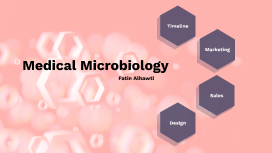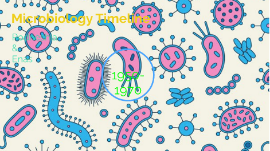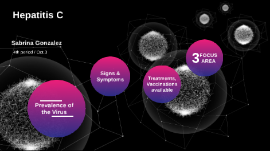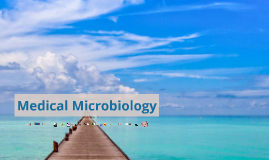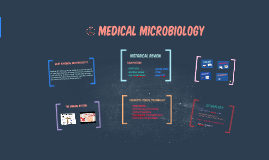MEDICAL MICROBIOLOGY
Transcript: MEDICAL FIELDS MEDICAL FIELDS; MEDICAL FIELDS You may call them simply doctors. But most doctors have extra expertise in one type of medicine or another. In fact, there are several hundred medical specialties and sub specialties. Here are the most common types of doctors you'll likely see. NAMES OF FIELDS; IMMUNOLOGY CARDIOLOGY GYNECOLOGY ORTHOPEDIC ANTHESIOLOGY IMMUNOLOGY; Allergists/Immunologists They treat immune system disorders such as asthma, eczema, food allergies, insect sting allergies, and some autoimmune diseases. IMMUNOLOGY CARDIOLOGY; They’re experts on the heart and blood vessels. You might see them for heart failure, a heart attack, high blood pressure, or an irregular heartbeat. CARDIOLOGY DERMATOLOGY; Have problems with your skin, hair, nails? Do you have moles, scars, acne, or skin allergies? Dermatologists can help. DERMATOLOGY GYNECOLOGY; GYNECOLOGY Gynecology or gynecology (see spelling differences) is the medical practice dealing with the health of the female reproductive system (vagina, uterus, and ovaries) and the breasts. Outside medicine, the term means "the science of women". Its counterpart is and rology, which deals with medical issues specific to the male reproductive system. ORTHOPEDIC Orthopedics is the field of medicine that focuses on surgery on, or manipulation of, the skeletal system. The surgical specialty was originally focused on developmental deformities and the effects of polio in children, but today it has expanded significantly to address all the conditions and diseases affecting skeletal system in individuals of all ages.







